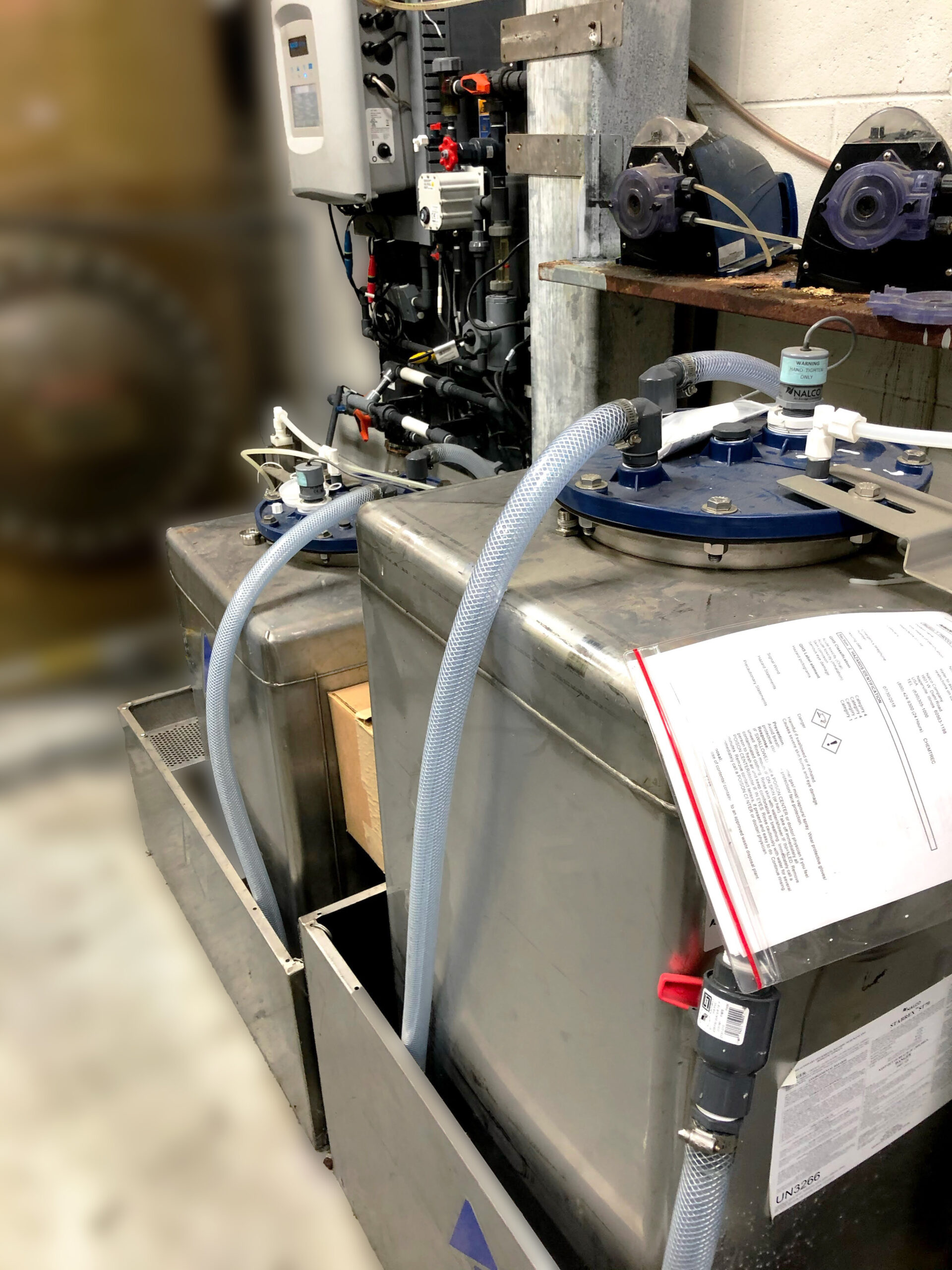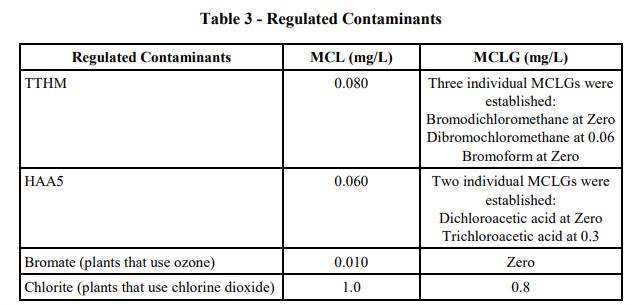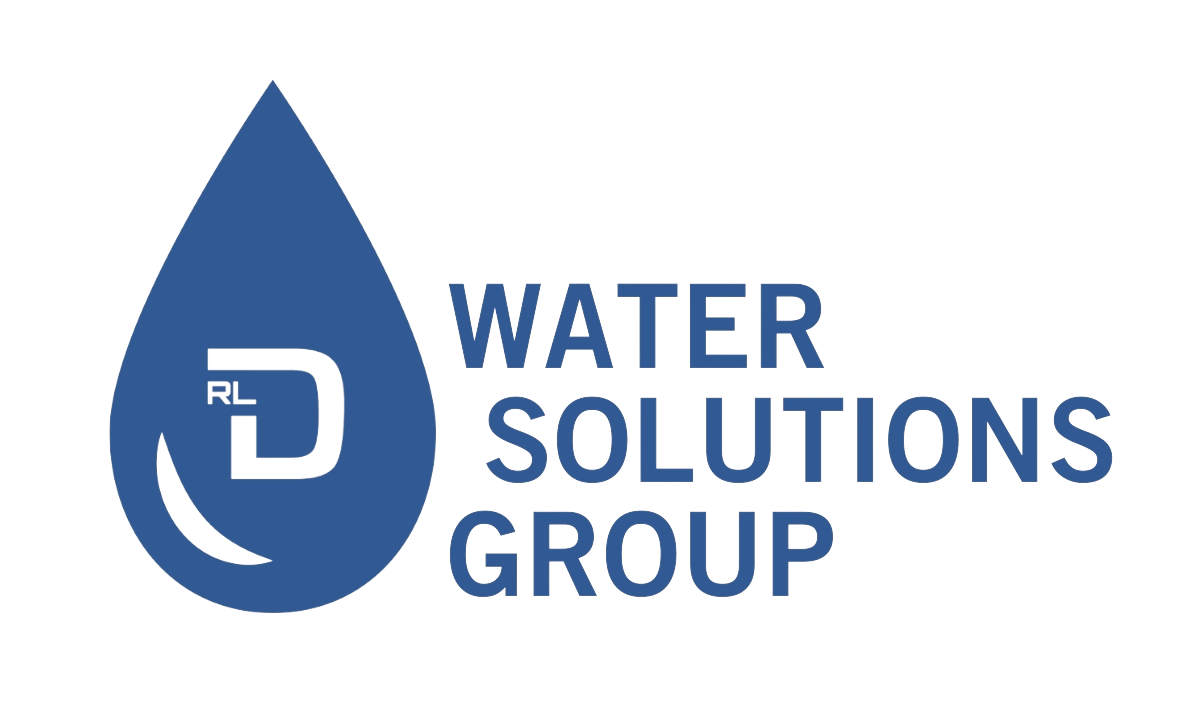 Chemical disinfectants such as chlorine are used to mitigate the risk of waterborne disease and illness. Chlorine has been added to drinking water for over 100 years to prevent diseases such as typhoid fever, cholera, and dysentery. It is also used to decontaminate systems when Legionella growth is suspected or confirmed. However, chlorine and other disinfectants react with natural organic matter to form disinfection byproducts which can be hazardous to human health.
Chemical disinfectants such as chlorine are used to mitigate the risk of waterborne disease and illness. Chlorine has been added to drinking water for over 100 years to prevent diseases such as typhoid fever, cholera, and dysentery. It is also used to decontaminate systems when Legionella growth is suspected or confirmed. However, chlorine and other disinfectants react with natural organic matter to form disinfection byproducts which can be hazardous to human health.
Disinfection byproducts are regulated by EPA under the Disinfectants and Disinfection Byproducts Rules (DBPRs). These rules apply to community water systems and non-transient non-community water systems that add a disinfectant to the drinking water. Two of the most common DBPs are trihalomethanes and haloacetic acids which studies have shown that long-term exposure to consistent levels of THMs or HAAs may increase cancer risk and cause problems with the liver, kidney, and CNS system.
Under the Safe Drinking Water Act, EPA established maximum residual disinfectant levels (MRDLs) for chlorine, chloramines, and chlorine dioxide, and MCLs for DBPs including chlorite, bromate, TTHM, and HAA5.
ANSI/ASHRAE 514 classifies disinfection byproducts as a type of chemical hazard and unintended consequence of chemical disinfection. The standard lists the DBP associated with the type of disinfectant with its relative cancer risk.
DBP formation is influenced by concentrations of organic matter, water temperature, and pH. The risk of DBP formation in systems using surface water is higher due to the presence or more naturally organic matter compared with groundwater.
Engineers should consider the unintended consequences of chemical treatment during design and evaluate methods such as filtration to reduce the concentrations of natural organic matter. The less organics, the less biofilm that forms on piping surfaces. It’s much easier to prevent biofilm formation than to have to remove it. Other considerations include:
- Reduce the contact time and/or the concentration of the disinfectant
- Ensure turnover of storage tanks and eliminate areas of stagnant water.
- Reduce the “water age” (the length of time water is in the distribution system).
- Change the location where the disinfectant is added
Water Solutions Group was created to help engineers and end users establish more effective water quality management strategies. From system design to ongoing support, our team provides solutions that protect equipment, improve efficiency, and ensure long-term performance. Call us today to discuss what solutions we offer and how we can help with your next project!



